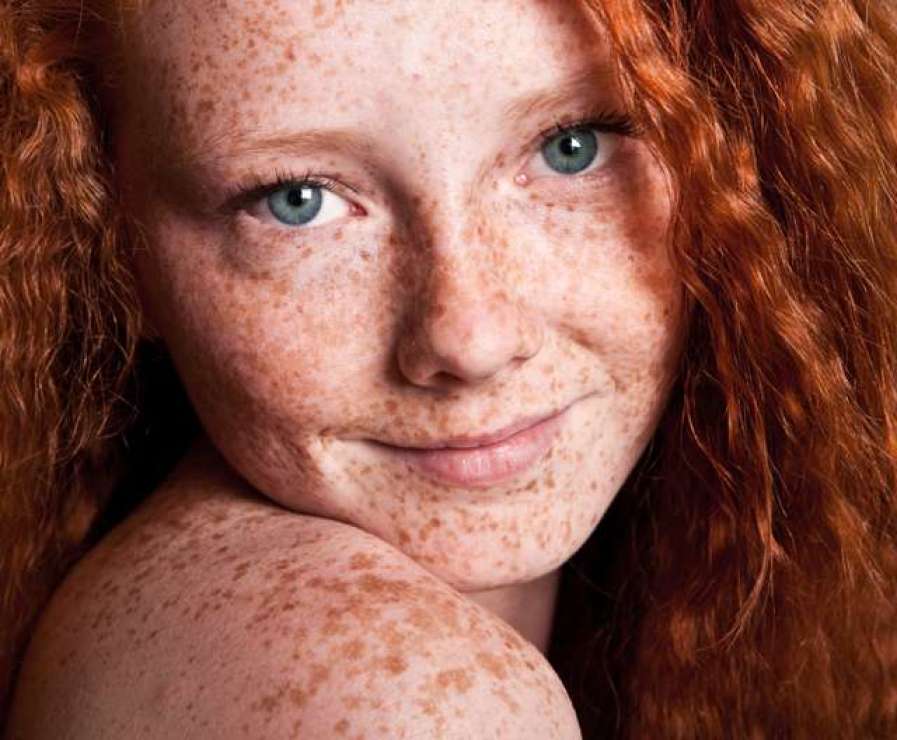
Flat, beige, brown circular spots that typically are the size of the head of a common nail is called Freckles. The spots are multiple and may develop on sun-exposed skin after repeated exposure to sunlight. These are particularly common in people with red hair and a fair complexion.
Freckles
Flat, beige, brown circular spots that typically are the size of the head of a common nail is called Freckles. The spots are multiple and may develop on sun-exposed skin after repeated exposure to sunlight. These are particularly common in people with red hair and a fair complexion.
Causes: Inheritance and sun exposure. Light-colored eyes, blond or red hair, and fair skin are especially susceptible to the damaging effect of UV rays and likely to develop freckles. Treatment: Freckles are rarely treated. Frequently, multiple or a combination of treatments may be required for best results.
Freckles, spots, sunlight, exposure, red hair, fair complexion.